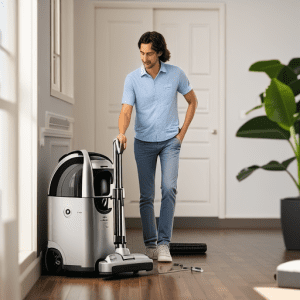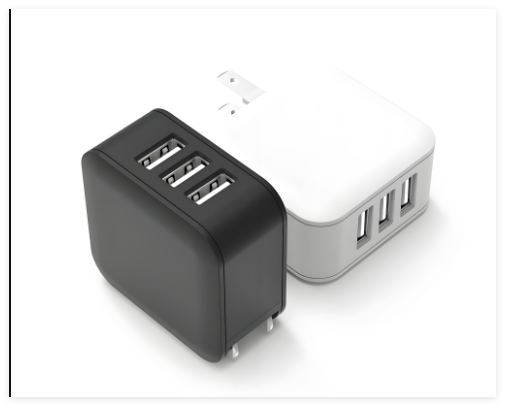What is the working principle of a smart vacuum cleaner, such as the Roomba?
Smart vacuum cleaners, commonly known as “robotic vacuums,” can be summarized in the following steps of operation:

- Navigation and Localization: Smart vacuum cleaners are typically equipped with a variety of sensors, such as laser scanning sensors and infrared sensors, which are used to identify and navigate the home environment. They can create maps of rooms and plan efficient cleaning routes.
- Cleaning Modes: Smart vacuum cleaners can automatically adjust their cleaning modes based on the type of flooring and the level of dirt. For example, they may increase suction power for carpets, while for hard floors, they might use brushes for sweeping.
- Automatic Charging: When the battery is low, the smart vacuum cleaner can automatically return to its charging dock to recharge and then continue its cleaning tasks after being fully charged.
- Smart Control: Users can remotely control the vacuum cleaner through a smartphone app, set cleaning schedules, and even clean when they are not at home.
Now, let’s broaden our perspective to the entire new energy industry. According to data from the International Energy Agency (IEA), the generation of renewable energy worldwide is expected to account for nearly one-third of the total global electricity generation by 2023. This indicates that with the advancement of technology and the reduction of costs, new energy is becoming an indispensable part of the global energy structure.
As a part of smart homes, the development of smart vacuum cleaners is closely related to the new energy industry. With the development of the Internet of Things (IoT) technology, smart home devices can manage energy consumption more intelligently and optimize the efficiency of home energy use. For instance, smart vacuum cleaners can charge and clean during off-peak electricity demand periods, thereby reducing the pressure on the power grid.
Moreover, the battery technology of smart vacuum cleaners is also continuously advancing. From the early nickel-cadmium batteries to the current lithium-ion batteries, there has been a significant improvement in the energy density and cycle life of the batteries. This has not only improved the performance of smart vacuum cleaners but also provided technical support for the development of the entire new energy industry.
Looking to the future, with the integration of technologies such as 5G and artificial intelligence, smart vacuum cleaners will become even more intelligent, better adapting to home environments and providing more personalized cleaning services. At the same time, as the world pays more attention to sustainable development, the new energy industry will continue to flourish, providing cleaner and more efficient energy solutions for smart home devices like smart vacuum cleaners.
Let us look forward to a time where the era of intelligence and new energy is intertwined, making our lives more convenient, comfortable, and environmentally friendly. Thank you, everyone!



Post Comment